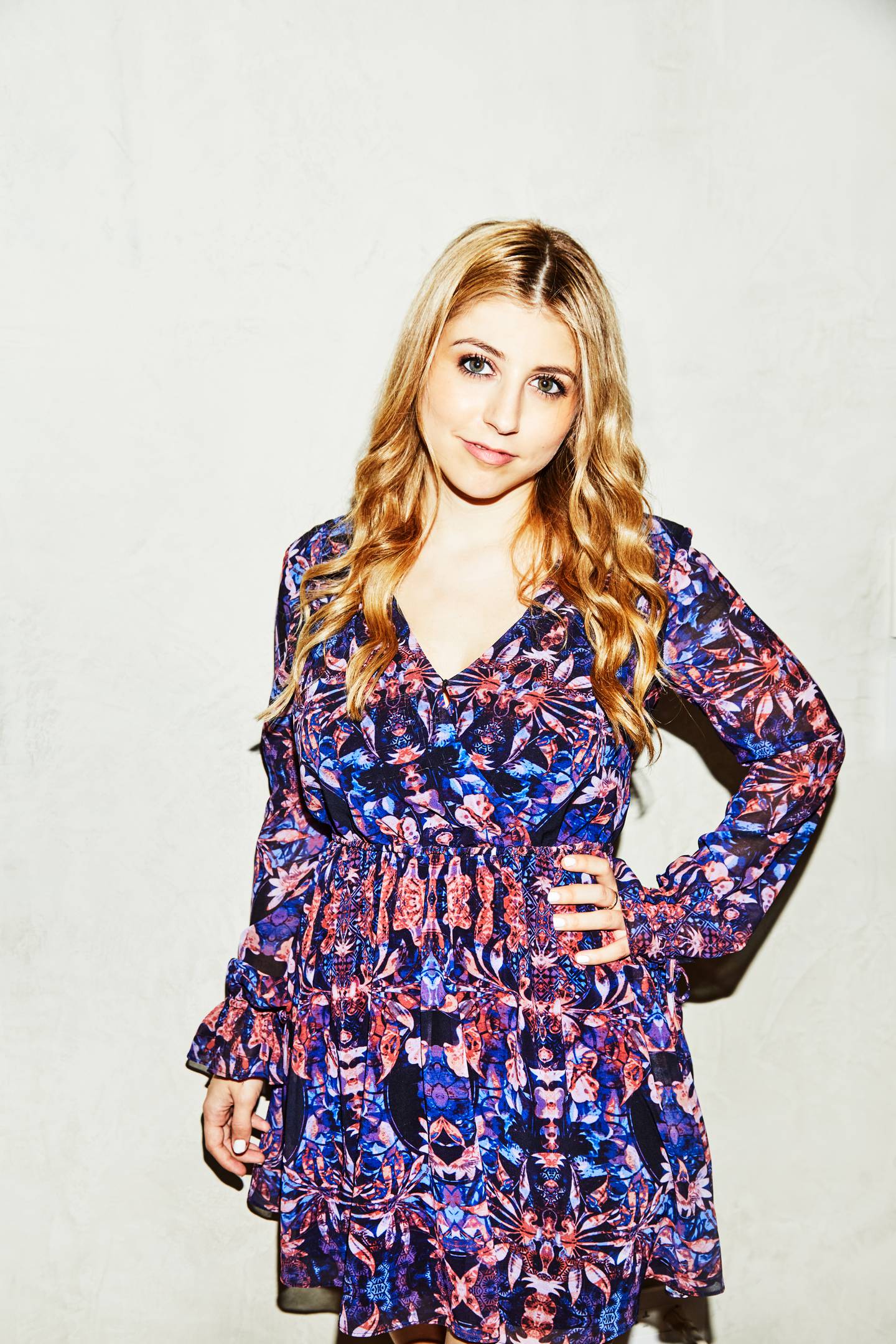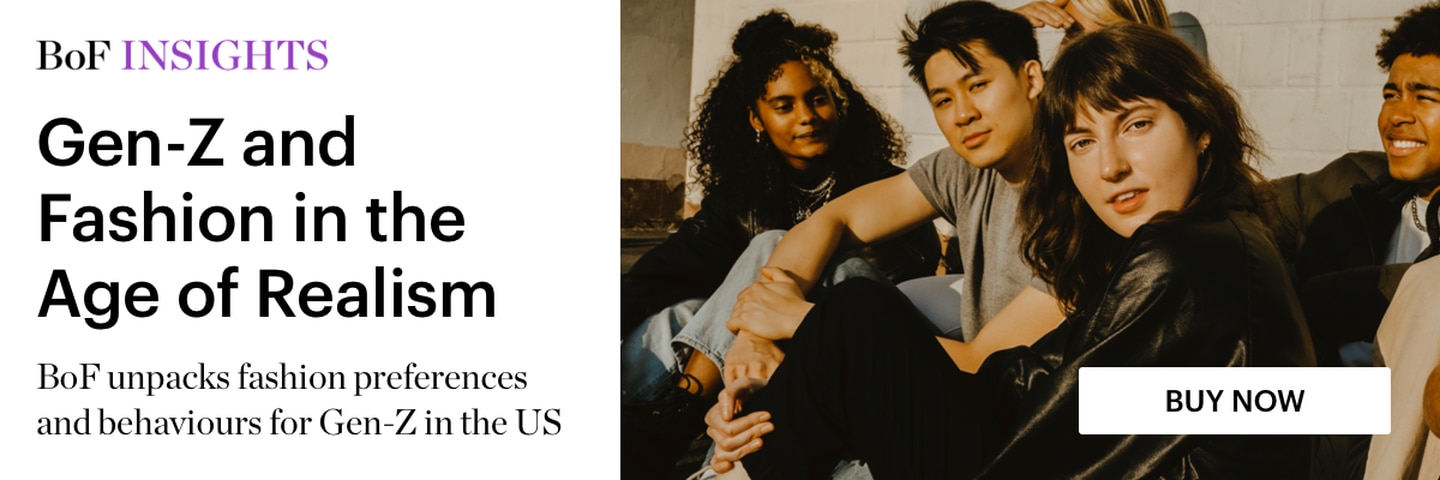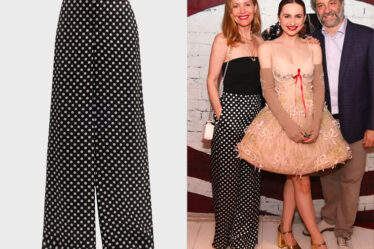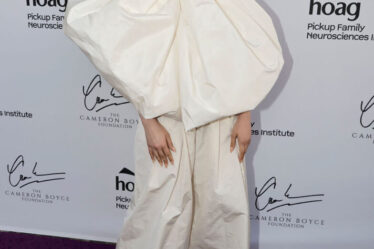
For Shai Eisenman, the success of each new idea for Bubble, the skin care company she founded in 2020, hinges on one question: Did she ask Gen-Z first?
It was interviews with about 10,000 young people that inspired the serial entrepreneur — who ran a subsidiary of gaming software supplier Playtech for four years before launching a gifting app in 2018 — to create her brand, which she positioned as a modern take on youth skin care.
Those surveys helped determine what products to launch with – the “Fresh Start” face wash with spearmint extract and the “Break Even” balancing toner with niacinamide among them – and how they should be priced.
They also helped her determine where she wanted her products to be sold initially: Walmart (where in one survey 42 percent of Gen Z respondents told her they visit three to four times a month). After a one-year exclusive partnership, Bubble is now sold in CVS and, soon, Ulta (where 48 percent of Gen Zers polled said they discover new products, Eisenman said). That puts her directly up against the category’s established giants, including Neutrogena, Cetaphil and Clean & Clear.
To compete, Eisenman said she needed to “recreate the shelf” for Gen-Z beauty: Her plan was to lead with product efficacy then find the right mix of price accessibility and crafty marketing.
Listening to Gen-Z has become the brand’s “guiding principle … because every time we had even the slightest assumption that we knew everything, we failed,” she said.
It’s a strategy that’s resonating with her target audience. The company doesn’t publicly disclose its annual revenues but Eisenman said it cracked “eight figures” in less than two years and is targeting sales of $100 million by 2026. It’s a goal she expects to reach via international expansion — in “English-speaking” markets across Europe and in Canada — as well as with new products, including the “overnight hydrating mask” launching in Ulta this week and a range of SPF moisturisers on shelves next year. (The brand launched in Walmart Canada last month.)
Making Space
Every product the brand puts out takes about two years to dream up, and each formulation process is overseen by a product developer, dermatologist, chemist and clinical herbalist, Eisenman said. Key ingredients in some of Bubble’s products include green tea extract, aloe leaf juice, neem seed oil and vitamin E.
“What keeps beauty brands around for a long time is product, first and foremost,” said Deborah Benton, founder and managing partner at Willow Growth Partners, an investor in Bubble.
Overall, 61 percent of Gen-Zers put affordability in their top 3 most important traits in a product — second only to high quality, which had 62 percent place it in their top 3, according to the latest BoF Insights Report, Gen-Z and Fashion in the Age of Realism.
Priced under $20, bright teal and orange bottles (colour-blocking style) with the word “Bubble” written from bottom up (like Bubbles floating) is the brand’s aesthetic. Each package reminds the user that the product is dermatologist tested (with a “medical cross symbol”), vegan and cruelty-free and “rooted in plants, perfected by science.”
“There’s an interesting barrier when it comes to price and packaging,” Eisenman said. “Most assume that if the packaging is cute, it probably doesn’t work. And if the price is affordable, then it probably doesn’t work. We did both but… our product is actually effective.”
Like many of its competitors, it has tapped a handful of influential brand ambassadors to market its wares — although it’s deviated somewhat from the pop-star/social media influencer path travelled by most beauty brands, opting for unconventional skin care models like Minnesota Viking wide receiver Justin Jefferson and Denver Broncos running back Melvin Gordon III.
The company uses Facebook ads to introduce Bubble to new consumers and relies on sampling to win them over for the long term. For instance, users who click on Bubble’s Facebook ad have the option to pay $4.95 to ship a free sample set of its cleanser, toner and moisturiser.
“It’s our entire DTC strategy and something that we’re very proud of,” Eisenman said.
Practising Patience
Taking on teen staples like Neutrogena and Cetaphil is a tall order for Eisenman’s 30-person team. Eisenman has been hoping to staff up for the past several months. But while keeping up with the youth perspective is crucial, hiring from that cohort isn’t always so simple. (About 30 percent of her team is Gen-Z.)
“It’s in our DNA to be super relevant for Gen-Zers and that’s why we get a lot of applications from [them] but the general path that we chose to take is that if the demands are not reasonable, it’s not right for us,” Eisenman told BoF earlier this year about hiring and retaining young talent.
In a challenging labour market, Eisenman said it’s taking three to six months to fill a junior-level role compared to one to two months in the past. The recruiting process is a painstaking two-way exercise during which Eisenman has had to both dole out and accept rejection from her favourite cohort.
“One thing I’ve learned that has helped me tremendously is to not take things personally,” she said. “As an entrepreneur, you get nonstop ‘no’s’ … from investors, partners, from people you want on your advisory board and… from employees in your hiring process. No’s can be brutal. I don’t let no’s get to me.”




